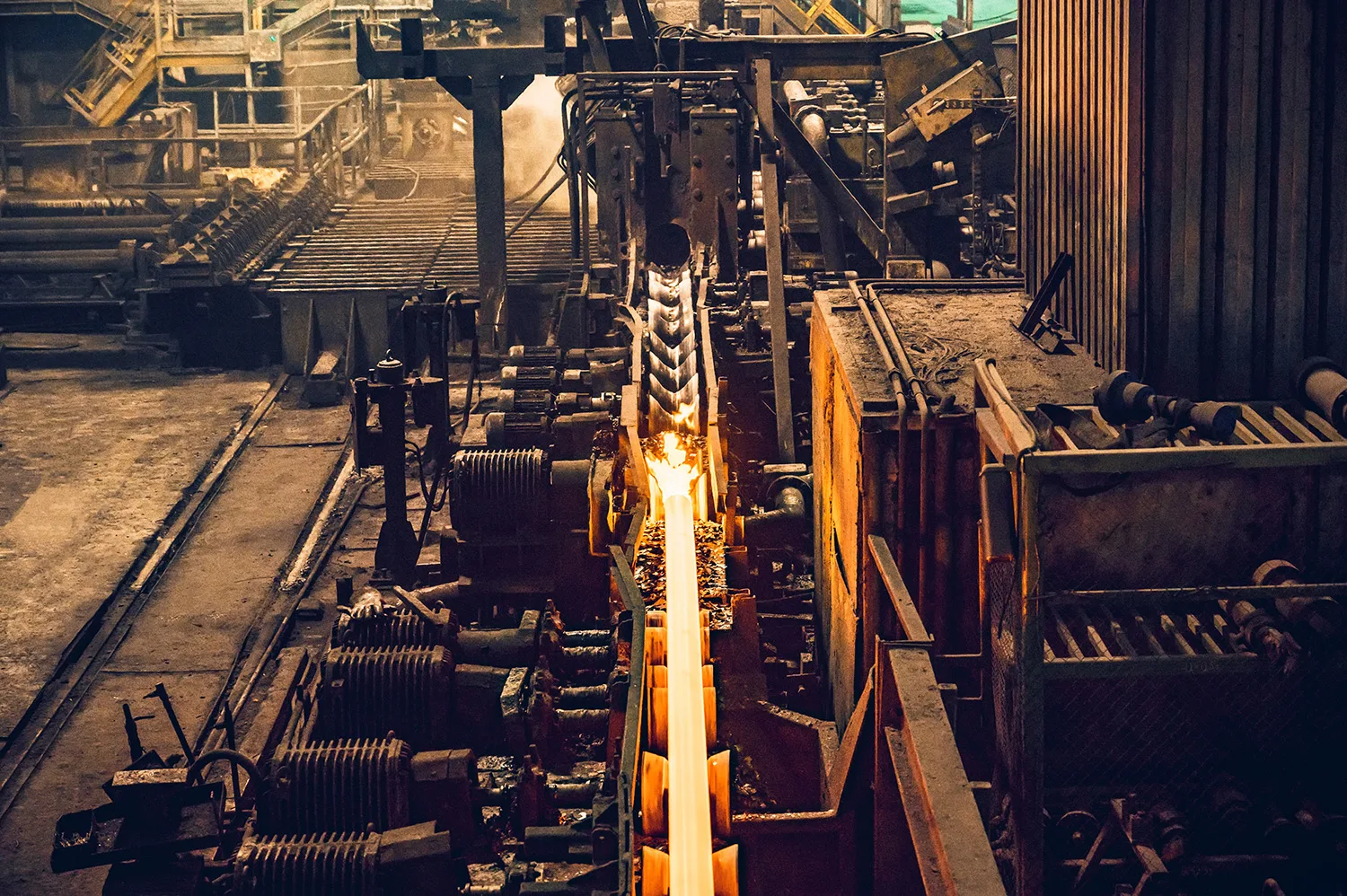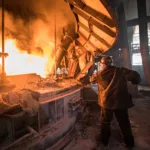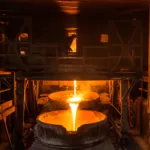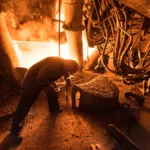One of the most effective ways to achieve quality, efficiency and sustainability goals in industrial production facilities is through detailed analysis of the production process. This process focuses not only on whether the equipment is working, but also on how efficiently it is working, where losses are occurring and the impact of the process on refractory materials. This is where process analysis is an indispensable engineering approach to identify the invisible losses of production plants and optimize refractory performance.
What is Process Analysis?
Process analysis is the process of examining all the operations that take place on a production line with measurable data, identifying the faulty points and developing improvement suggestions for these areas.
With process analysis:
Which equipment works and for how long?
How efficiently is energy used?
At which stage do deviations in production occur?
When and why is refractory material damaged?
technical answers to questions such as.
Which Stages Does Process Analysis Cover?
Data Collection
Collection of data such as temperature, duration, energy consumption, material flow rate
Manual forms, automation systems (SCADA/MES), sensor data are used
Time and Action Mapping
Time-cost analysis for each process step
Operations such as charging, melting, casting, cleaning, maintenance are evaluated separately
Identification of Loss Points
Non-standard durations
Recurrent maintenance points
Out of control values such as slag increase, electrode consumption are analyzed
Reporting and Suggestion for Improvement
Process performance is measured according to KPIs
An enterprise-specific “process improvement roadmap” is presented
What is the Impact of Process Analysis on Refractory Performance?
Refractory material performance is directly related not only to its quality but also to the process conditions to which it is exposed. Incorrect process parameters can destroy even a quality refractory in a short time.
1. Sudden Temperature Changes (Thermal Shocks)
Fast charging – sudden melting = refractory cracking
High temperature without sintering = internal wear
2. Unbalanced Charging and Arc Application
Continuous arc of the electrode to a specific point
Excessive pressure of the charging material on the crucible surface
Localized overheating and wear of the refractory
3. Slag Management Deficiencies
Excessive accumulation of slag layer
Chemical attack on refractory by uncleaned slag
Loss of sealing properties over time
4. Energy Management and Furnace Control
Power fluctuations, inability to keep the oven at a constant temperature
Refractory becomes susceptible to stretching and cracking
How to Extend Refractory Life with Process Analysis?
Sintering curves are optimized by monitoring temperature increases and decreases
The pressure on the surface is balanced by analyzing the charge distribution
Chemical protection strategies are developed by examining the slag structure
Local abrasions are detected early by determining observation points inside the furnace
Refractory performance monitored with real-time data
Alpha Refractory LLC’s Process Analysis Approach
As Alpha Refractory, with our special process analysis services for businesses:
We identify sources of refractory damage
We save energy and time efficiency
We combine field observations + data analysis + engineering recommendations
We offer strategic plans that increase refractory life by 20-40
We don’t just manage production, we improve it.




